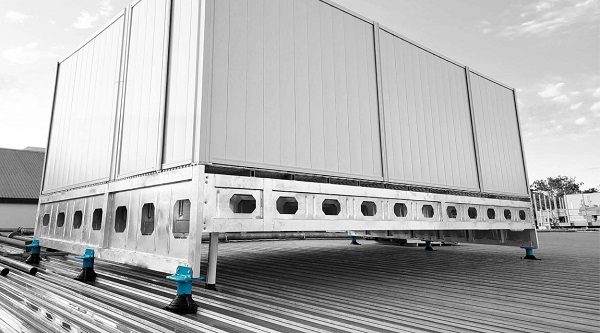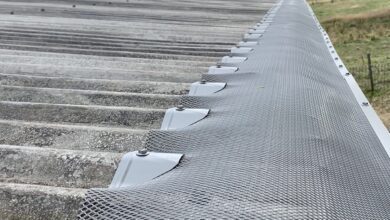Navigating The Landscape: A Guide To HVAC Platforms

In today’s rapidly evolving world, the way we manage indoor climate control has become increasingly sophisticated. HVAC (Heating, Ventilation, and Air Conditioning) platforms have become indispensable instruments in this field, providing inventive resolutions to address the requirements of contemporary structures and establishments. Navigating through the diverse array of HVAC platforms can be daunting, but understanding their key features and functionalities is essential for optimising comfort, efficiency, and sustainability. In this guide, we delve into the landscape of HVAC platforms, exploring their main points to help you make informed decisions for your heating and cooling needs.
- Understanding HVAC Platforms
At its core, an HVAC platform is a comprehensive system that regulates indoor temperature, humidity, and air quality. Traditional HVAC systems typically consist of standalone components, such as furnaces, air conditioners, and ventilation units, each controlled independently. In contrast, HVAC platforms integrate these components into a unified system, often with smart technology and centralised control, enabling seamless operation and optimisation.
- Key Components And Technologies
Modern Con-form Group HVAC Platforms leverage a range of cutting-edge components and technologies to deliver superior performance and efficiency. These may include variable-speed compressors, energy-efficient heat exchangers, advanced filtration systems, and intelligent sensors. Additionally, many platforms incorporate IoT (Internet of Things) connectivity, allowing for remote monitoring, automated adjustments, and predictive maintenance.
- Smart Control And Automation
One of the defining features of contemporary HVAC platforms is their emphasis on smart control and automation. By harnessing the power of data analytics and machine learning algorithms, these systems can adapt dynamically to changing conditions, optimising energy usage and comfort levels in real time. Users can customise settings, schedule operations, and receive alerts through intuitive interfaces, empowering them to manage their indoor environment with precision and convenience.
- Scalability And Integration
Another advantage of HVAC platforms is their scalability and integration capabilities. These systems can be scaled up or down to fulfil specific requirements, regardless of the size of the commercial complex. Moreover, they can seamlessly integrate with other building management systems, such as lighting, security, and access control, enabling comprehensive control and coordination for enhanced efficiency and convenience.
- Energy Efficiency And Sustainability
Energy efficiency has emerged as a crucial component of HVAC platform design as worries about climate change and environmental sustainability grow. Many manufacturers prioritise eco-friendly features, such as high-efficiency components, optimised airflow designs, and advanced control algorithms, to minimise energy consumption and carbon emissions. Furthermore, some platforms support renewable energy integration, such as solar or geothermal heating, further reducing environmental impact and operating costs.
- Maintenance And Support
Any HVAC system must maintain optimal performance and dependability, and platforms are no different. Fortunately, many platforms offer robust maintenance and support services, including proactive diagnostics, remote troubleshooting, and software updates. Some providers even offer predictive maintenance solutions that use AI-driven analytics to anticipate potential issues before they occur, minimising downtime and maximising system longevity.
- Cost Considerations And ROI
An HVAC platform may need a larger initial investment than traditional systems, but in most cases, the long-term advantages outweigh the drawbacks. Improved energy efficiency, reduced operational expenses, enhanced occupant comfort, and extended equipment lifespan contribute to a compelling return on investment (ROI) over time. Additionally, incentives such as rebates, tax credits, and financing options may be available to further offset upfront expenses and accelerate ROI.
In conclusion, navigating the landscape of HVAC platforms requires a comprehensive understanding of their key components, technologies, and benefits. By embracing smart control, scalability, energy efficiency, and maintenance support, these platforms offer unparalleled opportunities to optimise indoor climate control for residential, commercial, and industrial applications. As buildings become increasingly interconnected and environmentally conscious, investing in a robust HVAC platform is not just a prudent choice but a strategic imperative for the future.




